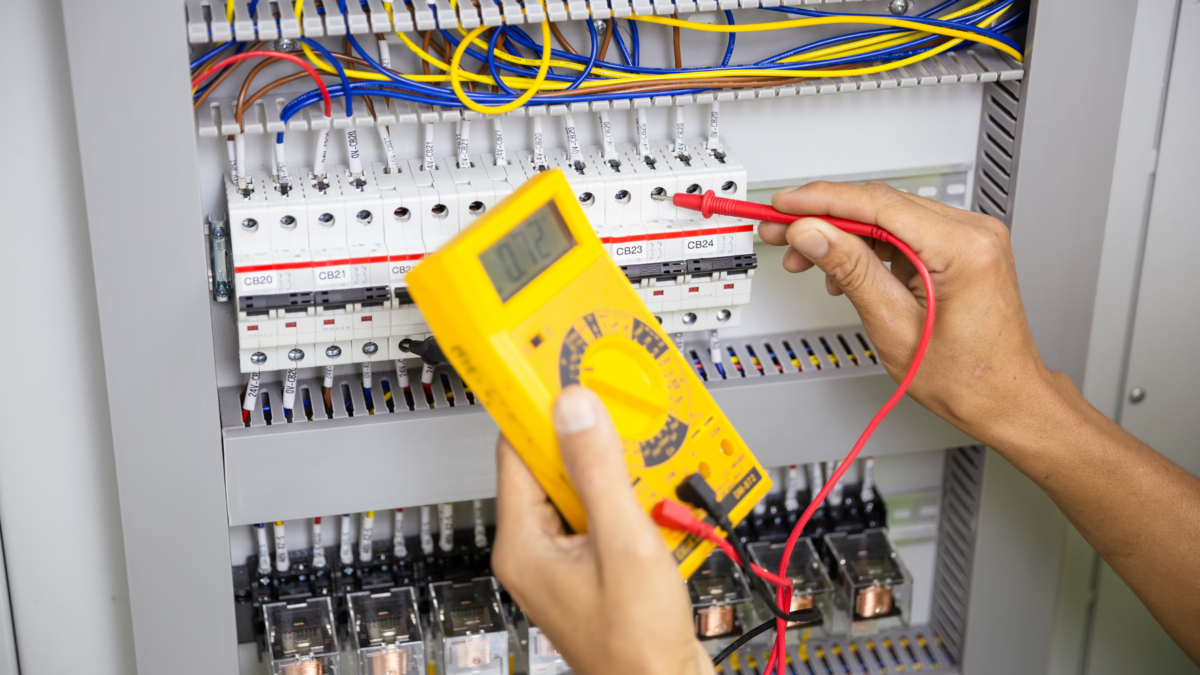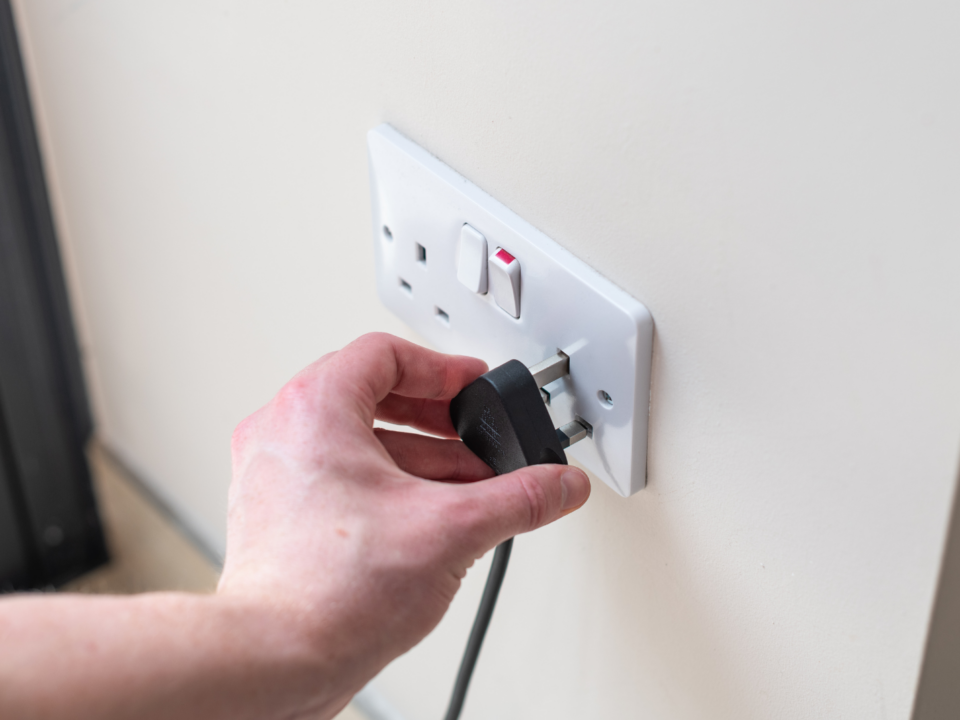
5 Key Signs Your Office Space Needs Electrical Work
August 21, 2024
What You Need to Know About EV Charger Installations
September 18, 2024How to Prepare Your Business for an EICR Inspection
No matter what type of business you operate, routine electrical safety checks are vital to keep your property, staff and customers safe. It might seem like another task on a long list of business admin, but regular electrical maintenance can financially benefit your business by detecting issues early, improving energy efficiency, and extending equipment lifespan.
The numerous rules and regulations surrounding business electrical safety can be complex. However, conducting an inspection and testing process, such as the Electrical Installation Condition Report (EICR), will ensure your business is compliant with the wiring regulations BS 7671: 2018+A2:2022, effective from 28th September 2022. This compliance, in turn, supports adherence to the Health and Safety at Work Act (1974) and the Electricity at Work Regulations (1989). Additionally, most insurance providers require up-to-date test certificates to maintain policy validity, ensuring your insurer remains satisfied.
So how can your business prepare for an electrical inspection to make the process easier?
How Often Should Electrical Inspections Take Place?
Depending on the type of commercial premises you operate and how you use it, the frequency of electrical inspections can vary. But as a guide, the Institute of Electrical Engineers (IEE) recommends electrical inspections to be scheduled every five years for a typical commercial office and three years for industrial premises.
However, routine electrical maintenance includes more than EICRs. Our previous blog explains what other electrical maintenance is required for commercial properties – such as PAT testing – with tips on testing frequency and how to keep your property safe.
Review Previous Electrical Inspection Paperwork
Do you have your previous inspection reports to hand? These can tell you if there are any unresolved issues from your last inspection. Reviewing maintenance records and test certificates can also identify gaps that must be addressed and allow the inspector to see the full inspection history to get the most value.
Have any modifications or new equipment been installed at your premises since the last report? Make a list of any changes to identify any new systems that need PAT testing.
Pre-Electrical Inspection Tasks
Have you noticed any obvious damage or risks to your electrical equipment that should be flagged to the inspector? Visually inspecting the premises yourself can help identify some common issues ahead of time, such as overloaded extension cords or flickering lights. These could be signs that your office needs some electrical work.
This is also the ideal time to make sure there’s easy access to all electrical systems. That way the inspection can be as efficient as possible without clearing space on the day.
Hire Qualified Professionals
It might seem obvious, but it’s critical to hire a qualified and experienced electrician for maintenance and inspections. Look for electricians registered with industry accreditors such as NICEIC and ECA to know you’re working with an approved and certified electrician you can trust.
Ensure you book your chosen electrician in advance for a suitable date. Relevant staff will need to be available to accompany the inspector on the day so block out a few hours in their diary for this.
Taking Action After An Electrical Inspection
Now that the inspection has been completed, it’s time to ensure that any recommendations are rapidly addressed by your electrician. Prompt fixes can keep any potential risk to a minimum and ensure nothing is missed ahead of the next scheduled inspection.
It’s also important to establish a regular inspection and maintenance schedule. Get it in the diary with your trusted electrician so you can tick another admin job off your list!
Is Your Next Inspection Fast Approaching?
Preparing for an EICR inspection might seem like a hassle, but a trusted and experienced electrician can help you smoothly navigate the process to keep your business safe, compliant, and efficient.
Contact us for advice or a free no-obligation quote and let’s get your maintenance and inspections wired for success!




